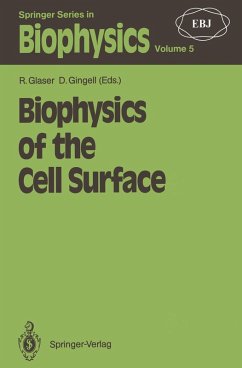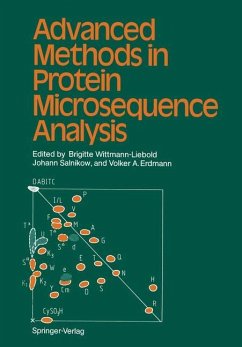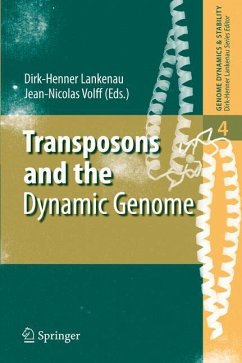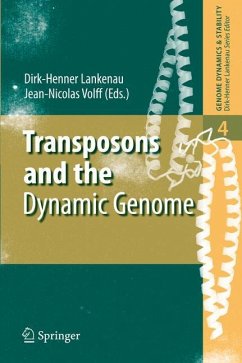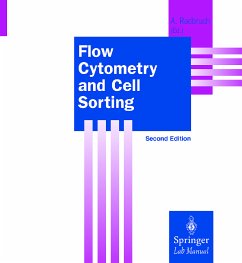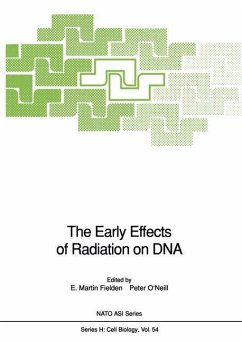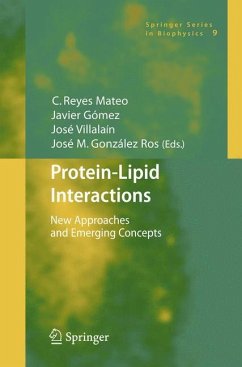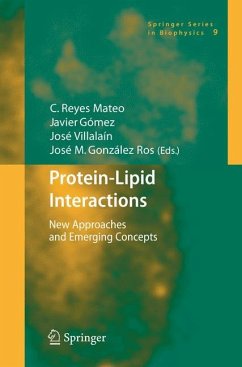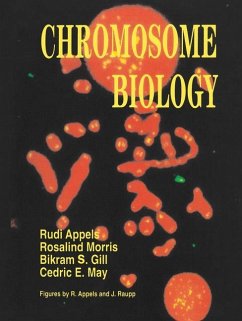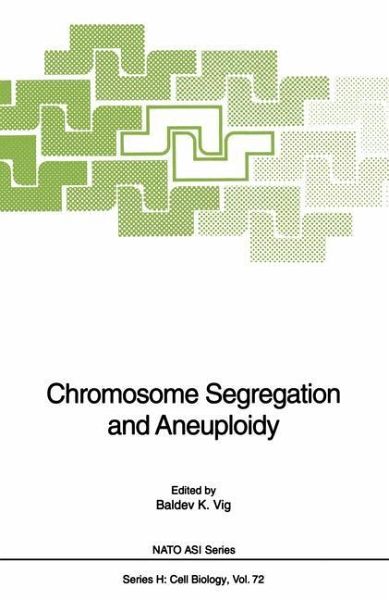
Chromosome Segregation and Aneuploidy
Versandkostenfrei!
Versandfertig in 1-2 Wochen
77,99 €
inkl. MwSt.

PAYBACK Punkte
39 °P sammeln!
Aneuploidy - the greatest genetic affliction of man - hasits origin in manycellular processes. Its forerunner,chromosome non-disjunction, can result from malfunction ofone of many processes involved in faithful segregation ofchromosomes during mitosis or meiosis.Experts on chromosome biology,centromere, kinetochore,microtubules, spindle apparatus, biochemistry of mitosis andmeiosis, developmental biology, and environmentalmutagenesis discuss basic and applied aspects of howchromosomes malsegregate and how aneuplody originates.The most recent techniques employed to study chromosomesegregation a...
Aneuploidy - the greatest genetic affliction of man - has
its origin in manycellular processes. Its forerunner,
chromosome non-disjunction, can result from malfunction of
one of many processes involved in faithful segregation of
chromosomes during mitosis or meiosis.
Experts on chromosome biology,centromere, kinetochore,
microtubules, spindle apparatus, biochemistry of mitosis and
meiosis, developmental biology, and environmental
mutagenesis discuss basic and applied aspects of how
chromosomes malsegregate and how aneuplody originates.
The most recent techniques employed to study chromosome
segregation and also methods to determine aneugenic
chemicals are described.
its origin in manycellular processes. Its forerunner,
chromosome non-disjunction, can result from malfunction of
one of many processes involved in faithful segregation of
chromosomes during mitosis or meiosis.
Experts on chromosome biology,centromere, kinetochore,
microtubules, spindle apparatus, biochemistry of mitosis and
meiosis, developmental biology, and environmental
mutagenesis discuss basic and applied aspects of how
chromosomes malsegregate and how aneuplody originates.
The most recent techniques employed to study chromosome
segregation and also methods to determine aneugenic
chemicals are described.





